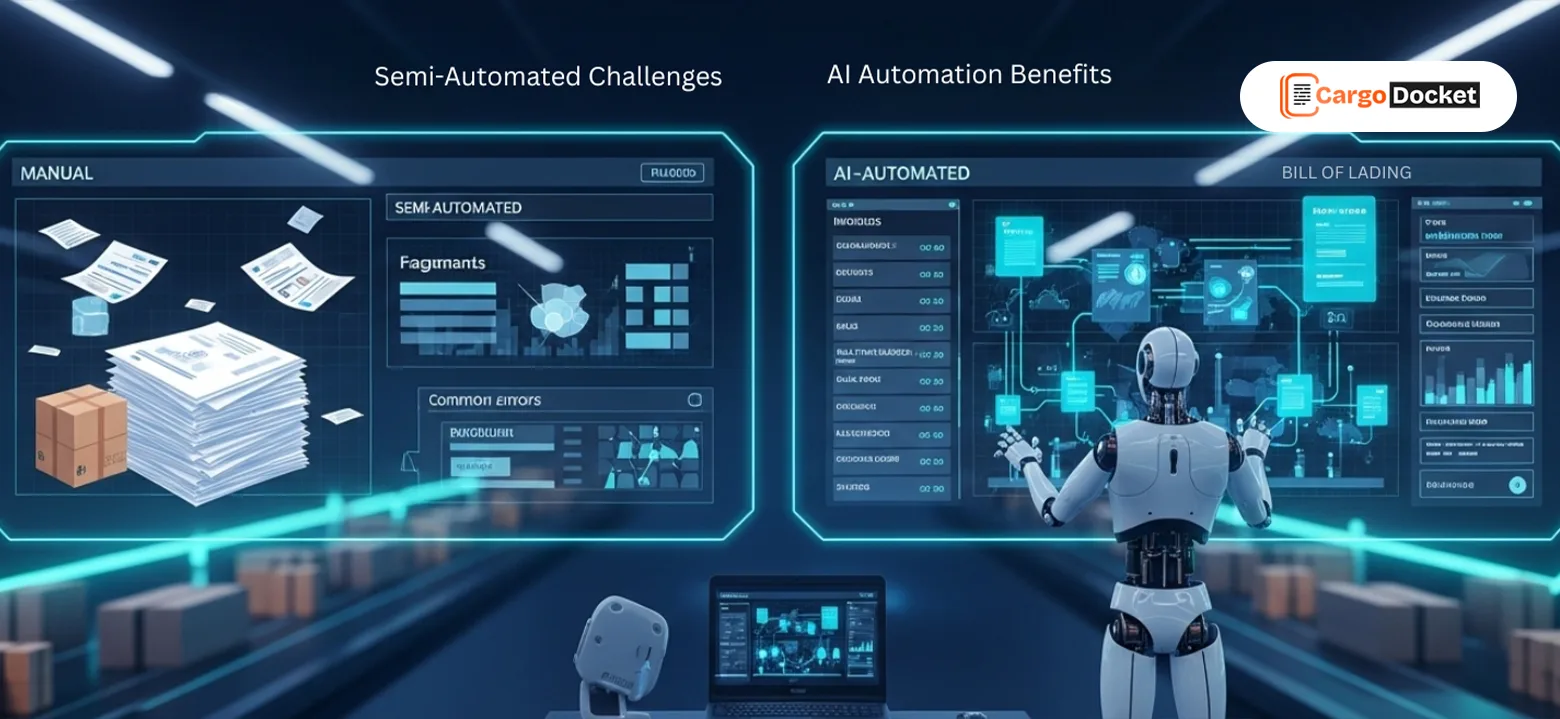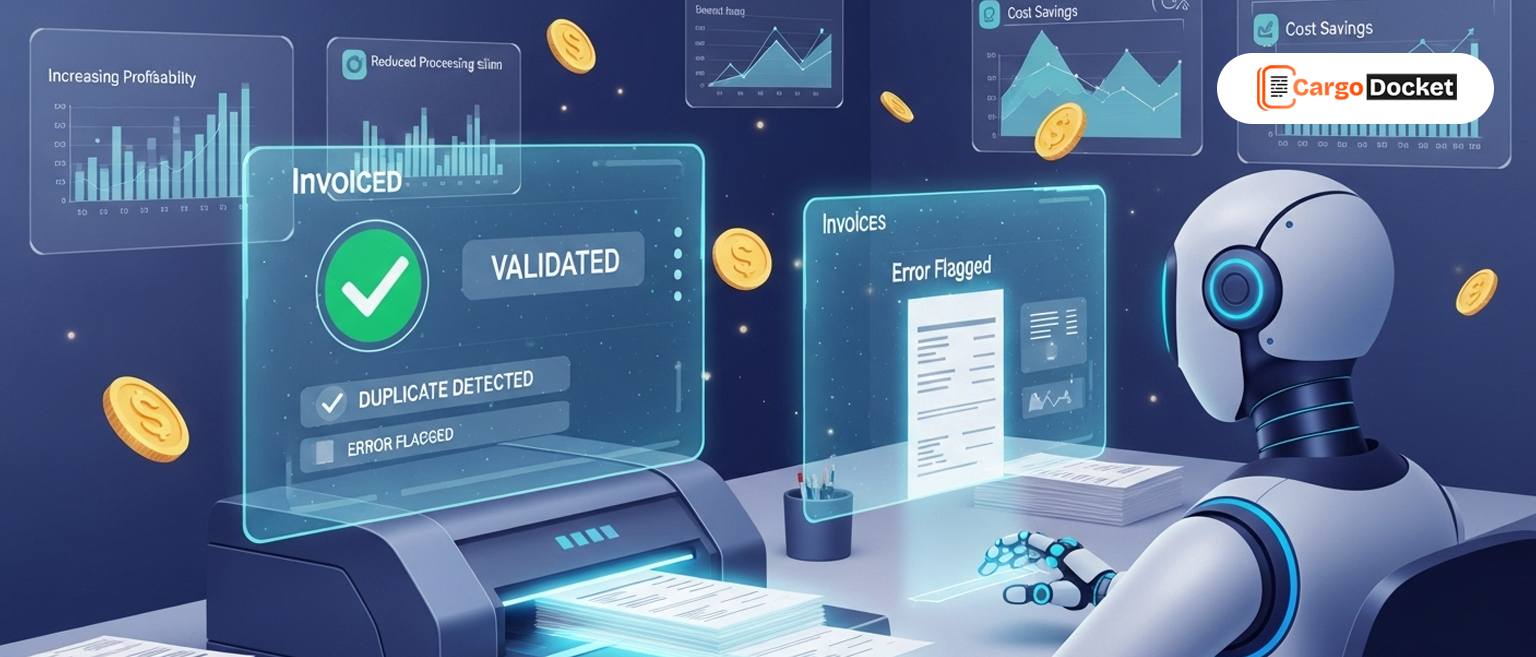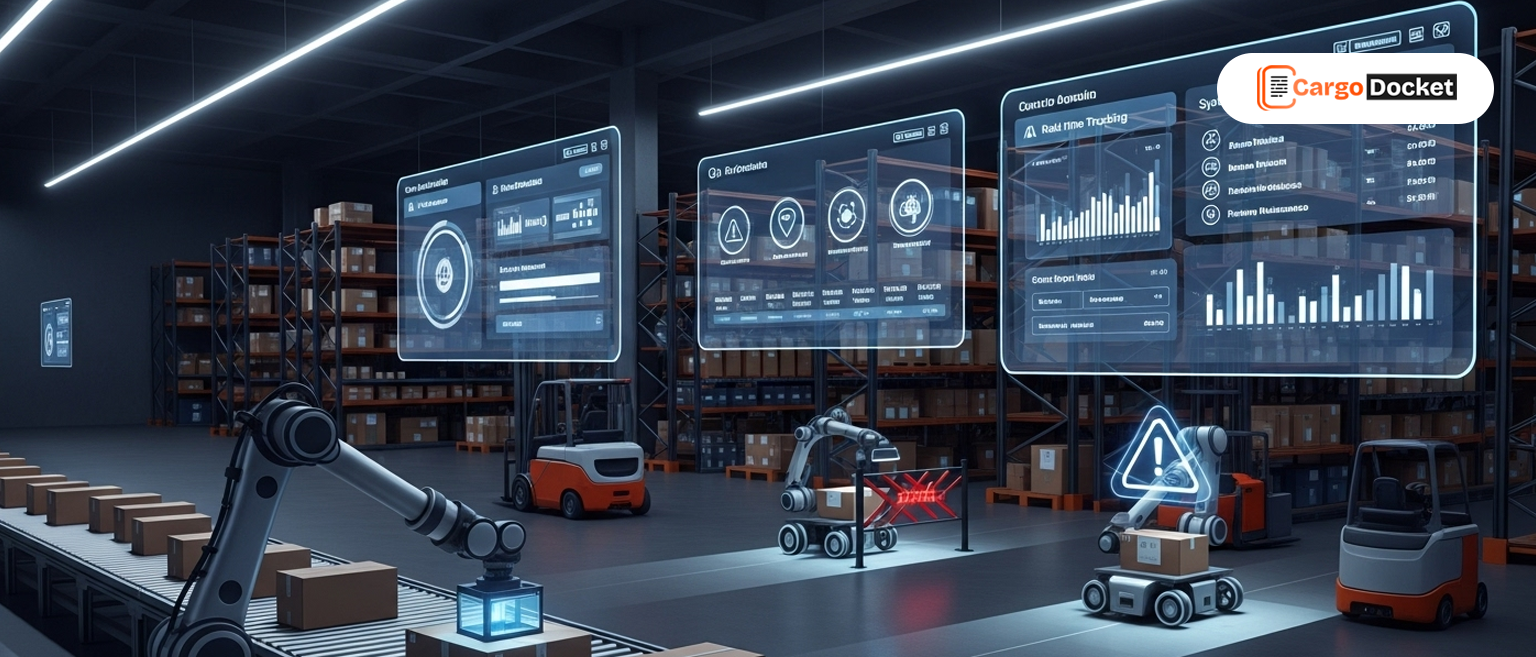If you’re still relying on manual data entry for customs paperwork, you’re rolling the dice on every shipment. In the evolving world of international trade, one wrong digit in a tariff code or country of origin field can lead to delays, penalties, and unhappy customers.
The customs clearance process involves dozens of documents, from commercial invoices and packing lists to bills of lading and certificates. Mistakes happen when teams are forced to key in this data manually, especially across high-volume shipments.
Now, artificial intelligence (AI) is stepping in to fix that. With the right tools, logistics companies can eliminate human error, speed up customs processing, and improve compliance using AI-powered data entry systems. Let’s break it down.
What Makes Customs Data Entry So Error-Prone?
Before we get into the “how AI helps” part, it’s important to understand why customs data entry is so fragile, especially in the logistics and freight forwarding environment.
- High document volume: Every shipment may involve multiple data points, origin, destination, HS code, product description, value, Incoterms, etc.
- Human fatigue: Manual typing leads to misclassifications and typos, especially under pressure or at scale.
- Language and format differences: International shipments often come with documents in multiple formats or languages.
- Frequent rule changes: Customs regulations evolve, making it hard for humans to stay updated on code mappings and requirements.
- Disconnected systems: Freight platforms, ERPs, and customs portals don’t always “talk” to each other, increasing the need for rekeying.
These challenges make customs documentation a critical risk area, especially for companies operating across multiple countries and product types.
How Exactly Does AI Improve Accuracy in Customs Data Entry?
AI brings intelligent automation into the mix. At Cargo Docket, our document automation platform uses AI and machine learning (ML) to extract, classify, and validate customs-related data across all documents, without human error.
Here’s what AI specifically does better than humans in this workflow:
1. Extracts Structured and Unstructured Data Automatically
AI uses OCR (Optical Character Recognition) and NLP (Natural Language Processing) to read scanned invoices, PDFs, or even handwritten documents. It pulls key customs data fields, like HS codes, product descriptions, country of origin, invoice value, and currency, and translates them into usable digital formats.
2. Matches Data Against Customs Requirements
Instead of relying on a person to Google HS codes or check spreadsheets, the AI engine auto-validates entries against up-to-date customs databases. This drastically reduces the risk of using wrong tariff codes or shipping terms.
3. Learns Over Time and Reduces Recurring Mistakes
AI systems improve with time. If a shipment of “men’s leather jackets” is always classified under a particular code, the system remembers that and recommends it the next time, reducing repeated manual lookup or mismatches.
4. Flags Anomalies and Prevents Compliance Errors
AI tools can identify if a value seems too low or if a product’s declared country of origin doesn’t match known trade agreements, helping flag issues before customs authorities do.
5. Feeds Clean Data Directly into Your ERP or Customs Filing System
With direct API connections, AI-generated customs entries can be fed straight into CargoWise, SAP, or any customs portal, no manual re-entry required.
What Types of Documents Can AI Handle in Customs Workflows?
At Cargo Docket, we’ve trained our AI models specifically for logistics and trade documents. Our platform can process:
- Commercial invoices
- Packing lists
- Certificates of origin
- Bills of lading
- Import/export declarations
- Delivery orders
- Compliance forms and certificates
These documents are read, digitized, and validated in real-time, turning manual entry work into automated, audit-ready records.
Why Cloud-Based Customs Entry Matters?
AI-powered customs data entry isn’t just accurate, it’s also accessible.
With platforms like Cargo Docket, customs entry and document validation can happen from the cloud, meaning:
- Remote teams can verify customs documents from anywhere
- Data is always synced across locations and systems
- Customs brokers and freight teams can collaborate in real-time
- Approvals can happen faster than waiting on email chains
This cloud-based model makes your team faster, more connected, and fully compliant, without needing to be tied to a desktop setup.
Conclusion
Customs delays. Fines. Rejected shipments. These aren’t just minor hiccups, they’re revenue killers in global logistics. In 2025, accuracy in customs documentation isn’t a bonus feature. It’s essential.
That’s why more freight forwarders, 3PLs, and global shippers are adopting AI-powered customs workflows. The benefits are clear: faster clearance, better compliance, and fewer data headaches.
If your team is still typing customs data by hand, it’s time to upgrade.
Ready to eliminate customs data errors? Try Cargo Docket’s AI-powered document automation today and see the difference automation makes.




